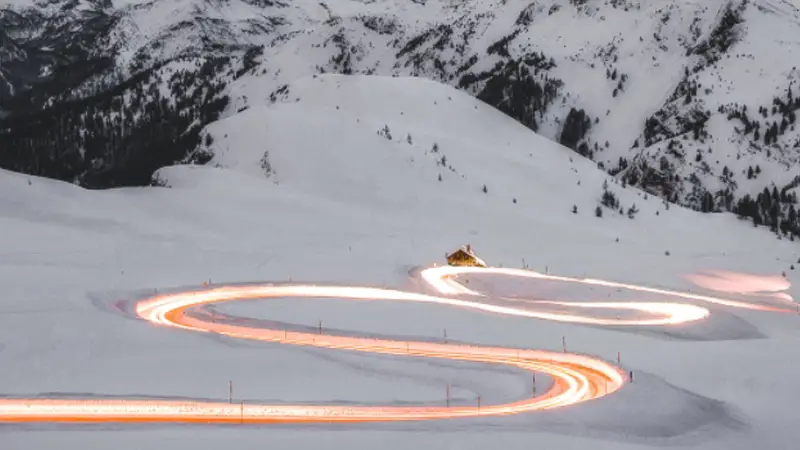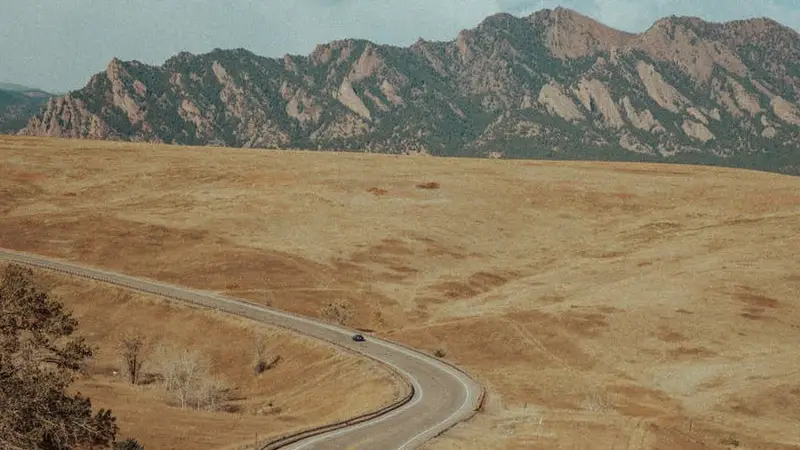Driving without hill assist in places with hills can be challenging. Most individuals have limited knowledge of this technology, causing them to wonder if hill start assist is a necessary feature for driving effectively.
While this is a feature few drivers require, it does make hill starts safer in general by lowering the likelihood of an accident. As a result of the low cost of the technology, an increasing percentage of new cars will surely include hill-start assist.
Nearly every manufacturer offers hill-start help as a standard feature or an optional addition. Continue reading to learn more about the “Hill Assist” feature.
What is Hill Start Assist?

Hill Start Assist is a feature that assists you in smoothing out hill beginnings without rolling backward. However, how does it operate precisely?
When you come to a halt on a hill, a pitch sensor signals the engine control unit (ECU) to temporarily retain the brake while shifting your foot to the gas pedal to avoid rolling backward. Gravity loses this war to technology.
Is Hill Start Assist Necessary?
While this is a feature few drivers require, it does make hill starts safer in general by lowering the likelihood of an accident. Due to the low cost of the technology, an increasing percentage of new cars will surely include hill-start assist.
Can You Turn-off Hill Assist?
You can disable hill assist by following these steps:
- Maintain pressure on the traction control button until the light goes out.
- Press button again
- Turn off and then restart the vehicle. The hill assist light should be illuminated, indicating that it is turned off.
How to Utilize the Hill Start Assist Feature
You may have been unaware that Hill Start Assist was working if not for learned anxiety. There’s not much you can do but drive normally, so don’t use this option, especially with manual transmissions.
Always step on the clutch to disconnect the engine’s transmission while starting a manual shift car. However, disengaging the clutch prohibits you from braking the automobile with the engine’s power.
Additionally, the vehicle will roll freely up an incline if no brakes are applied. Let’s look at how Hill Start Assist works in manual and automatic transmission vehicles.
With a Manual Transmission
While stopped on an uphill:
- Apply the brakes and maintain the same pressure on the clutch pedal as you normally would.
- When the light changes, remove your foot from the brake and then from the clutch while continuing to press the accelerator.
- Instead of rolling backward, the car should remain stationary until it accelerates.
With an Automatic Transmission
When you stop on a hill:
- Maintain the same amount of braking pressure as you normally would.
- When the light turns green, and you briefly remove your foot from the brake pedal to press the accelerator, the car should remain stopped rather than rolling back slightly.
That is all there is to it. If your car’s Hill Start Assist system is functioning properly, you should barely notice it.
How is Hill Start Assist Implemented?

Advanced mechanisms operate to keep your vehicle from forward and backward rolling. As easy as its operation may appear, there are intricate procedures in place to ensure that it works flawlessly every time. Let us examine them.
Hill Start Assist Control Systems
The following systems are frequently found as part of a Hill Start Assist function, albeit not all are included on every car.
Incline Detection
The incline sensor may detect an incline greater than a preset value and alert the control unit to the possibility of rolling backward.
Torque Detection
This torque sensor determines if the engine produces enough torque to propel the vehicle and disables Hill Start Assist if it does.
Brake Detection
Brake detection determines whether the brakes are in use and applying enough force to keep the automobile in position.
Clutch Detection
Clutch detection monitors the clutch’s activation and release. Additionally, the pace of the operation is tracked in some versions.
Backward Roll Detection
This sensor detects automatically if the automobile is in danger of rolling backward based on input from other sensors and whether the brake has been applied. If no brake is used, the system will apply the brakes automatically to keep the automobile motionless.
Forward Roll Detection
When you’re on a drop, you must choose the reverse gear to inform the system that you’re attempting to reverse up a slope without rolling forward. The Hill Start Assist will hold for approximately two seconds before gradually disabling when you accelerate when you let go of the brake or clutch pedal.
Again, not all vehicles will be equipped with every system. The majority of Hill Start Assist systems in today’s vehicles fall into one of three categories, based on the make and, especially, the model:
Basic Hill Start Assist systems
Sensors used in the most elementary systems include the following:
- Wheel speed sensors
- Master cylinder pressure sensor
- Throttle position sensor
- Brake pedal travel sensor
The sensors in the basic system will be devoid of an incline or decline sensor.
Medium-level Hill Start Assist systems

These are more complicated systems. They incorporate sensors comparable to those used in basic-level systems, as well as the following:
- Switch for the clutch position (for manual transmissions)
- Acceleration sensor along the longitudinal axis
- Reverse gear sensor
Premium-level Hill Start Assist systems
Premium-level systems are similar to mid-level systems but typically incorporate the following additional sensors:
- Clutch travel sensor for measuring the acceleration or deceleration of the clutch pedal.
- Hill-descent sensor that enables reversing the car when it comes to a stop on a downhill slope
Will I Need to Do a Hill Start on My Driving Test?
Yes. You will be asked to pull over and draw away multiple times during the portion of the test that assesses your general driving ability. One of these occasions will be on a hill. Thus you must practice hill starts prior to your test to ensure your comfort level.
Will I Fail My Driving Test If I Can’t Hill Start?
The examiner will assess your ability to maintain control of the vehicle at all times, especially during a hill start.
While it is doubtful that you would fail if the car rolls back a few centimeters during a hill start, you will fail if the car rolls back significantly.
The most effective strategy to avoid falling on a hill start is to practice until you feel comfortable.

